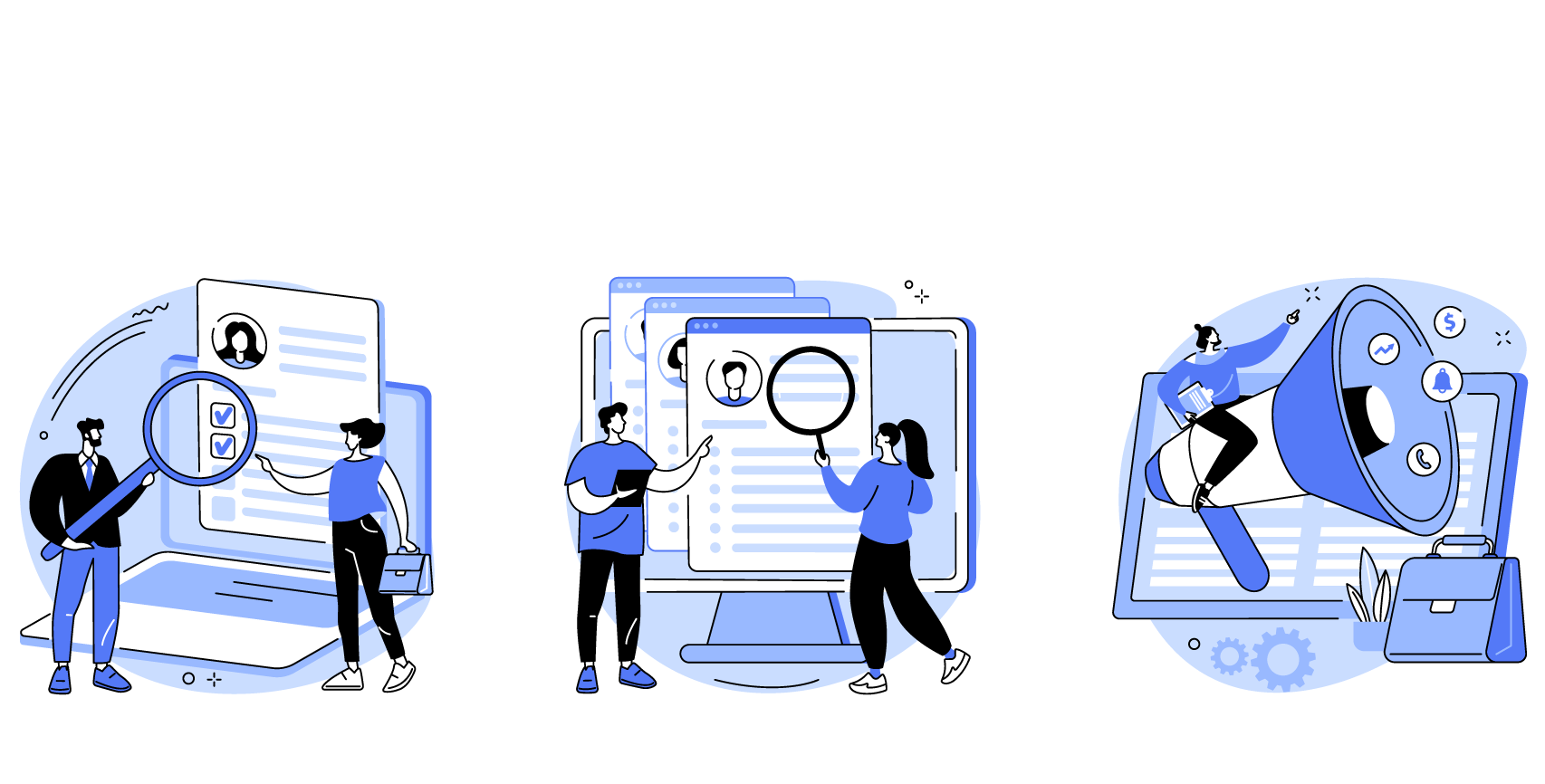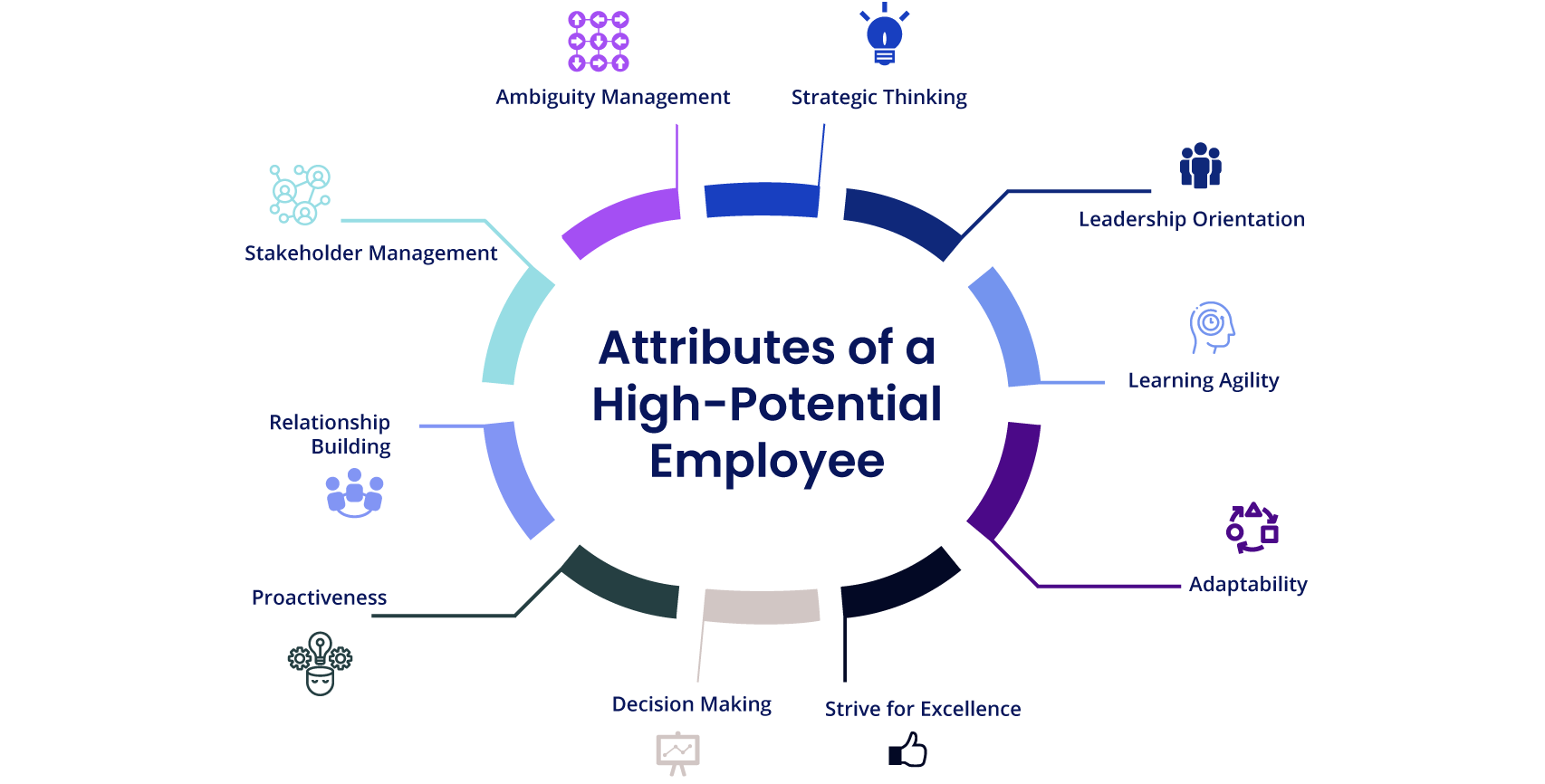How Talent Professionals can identify high-potential employees?
A question talent professionals get often is are cognitive ability tests reliable, and the answer
is a resounding yes. Organizations today are highly interested in the identification of high-potential
employees. That is because investing in the right people maximizes an organization’s returns.
A study
shows that a small proportion of the workforce drives a
large proportion of organizational results. Whereas the top 1% accounts for 10% of the company output, the top
20% accounts for 80% of the company output.
According to another survey conducted by
Gartner, Agile High Potential Employee Strategies - HR Insights,
most organizations expect that more than 40% of today's leadership roles will look dramatically different
five years from now. As a result, 65% of them are shifting their investments away from other talent
investments and into high potential employee programs.
The possible returns from employing high-performers also increase in direct proportion to job
complexity—the more complex the job, the more critical it is performed by a top-notch employee. Research
has shown that the contribution of top performers is more than double that of the average performer.
Moreover, the performance of high-potential employees also rubs off on their team members and sets
off a high-performance culture. Notably, studies suggest that simply adding a star performer to the
team boosts the team’s productivity by 5-15%.
Given the evident impact of top performers on an organizations’ fortunes, it is clear that recruiters
must strive hard to identify and hire high-potential candidates. And in doing so, they must follow
effective and innovative techniques to ensure accuracy.

Who is a High-Potential employee?
In simpler words, a high-potential is an employee who can successfully manage broader and complex
roles. They have the intelligence, ambition, alertness, and leadership qualities to pursue
high-expectation job roles. It is an accepted premise that high-potential candidates drive the overall
business performance by contributing significantly, consistently, and performing excellently. They
often outperform their own goals. They are expected to represent the company’s culture and vision
and exhibit aligned behavior and skills.
What characteristics can help you identify high-potential employees?
In a study conducted by the Harvard Business Review,
the researchers concluded high potential among employees is marked, primarily, by three factors—ability, social skills, and drive.
Ability deals with the knowledge and skill required to perform the job effectively. It answers the simple question of whether the candidate can do the job or learn the skills necessary. The best way to measure potential and predict job performance is to simulate and observe the candidates while performing sample work tasks and test their cognitive ability.
Secondly, candidates must be good at managing themselves and others. Social skills determine whether they can collaborate with others and earn the support of co-workers. Such an ability is usually measured through psychometric tests. Lastly, a high potential employee must have the drive to work hard and achieve. This requires a high level of motivation and ambition and can be assessed using cognitive abilities assessment.
If we had to put these three factors in calculation, then the ability and social skill may be considered a talent. But the potential is talent multiplied by drive, as this will determine how much ability and social skills get put to use.
Some attributes that can help you spot a high potential employee are:

How Do You Identify High-Potential employees?
The characteristics mentioned in the above section and the essential competencies discovered from various processes lead to the identification of high-potential candidates. They need to be assessed thoroughly through a systematic approach to succeed in changing roles and dynamics of the companies for the success of personal career and organizational benefits.
Identifying high-potential employees involve the following:
-
An exercise in understanding the organization’s competencies requires a high-potential candidate: A clearly defined job description and definition of the job requirements are necessary. They act as the criterion to filter the high-potential candidates from the average ones.
-
Identification of the right tools and resources for accurate assessment: Correctly selecting and
matching the evaluations to the job roles is critical. Recruiters must use cognitive ability tests as
guidance and combine them with interviews, personality tests, work simulation tests, case studies, etc.
-
Carrying out the evaluations for the identification of high-potential employees: The scores and assessments for each type of assessment must be collated and combined.
-
Awarding high-potential employees with an individual development plan to gain their trust and interest in the company: Evaluation must be followed up with outlining and conveying the development plans for each of the high-potential employees. As they seek an environment where their ambitions can be achieved and their skills put to good use, you must pay special attention to each of them.
-
Assessing the results to know which employees might outperform other employees in the same role







